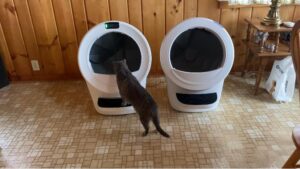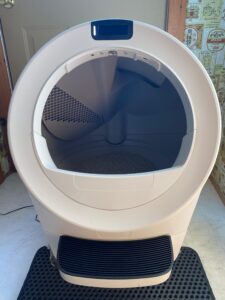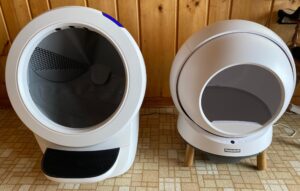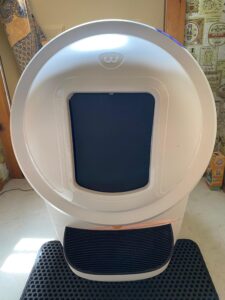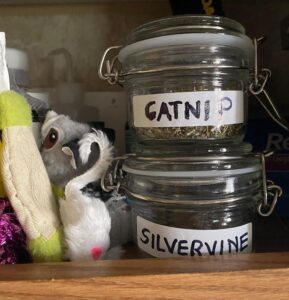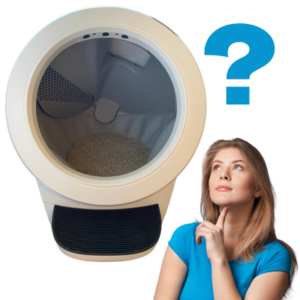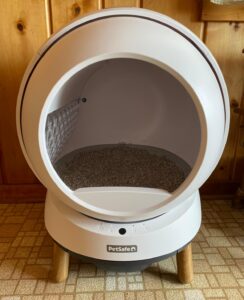Every December, I see the same rush: people suddenly realizing their FSA funds are about to expire and scrambling to find something genuinely useful to buy. I’ve watched this happen year after year, and usually the lists of FSA-eligible items feel repetitive — bandages, heating pads,… Read More
Blog
How to Test if the Litter-Robot Hopper Is Working
Testing the hopper is a quick but important step anytime the robot has fresh litter, is newly installed, or has recently been reassembled. These are the moments when you need to test if the Litter Hopper is dispensing or not. Here’s the simplest way to test… Read More
Litter-Robot 5 vs Litter-Robot 4 – Full Comparison Based on Real Testing
Overview: Key Changes in the Litter-Robot 5 After extended use of the Litter-Robot 4 for over three years and now running the Litter-Robot 5 side by side, the new version feels more refined and deliberate in daily use. It follows the same core design and footprint,… Read More
Litter-Robot 5 Review – Tested at Home in Real Daily Use
After using the Litter-Robot 5 daily, I can say it’s more than a quiet upgrade — it’s a redesign focused on convenience, stability, and smarter waste management. This unit was provided to me as a free sample for review purposes, and I’ve been testing it in… Read More
Litter-Robot 4 vs. PetSafe SmartSpin: My Long-Term Comparison (3 Years vs. 1 Year)
If you’re debating between the Litter-Robot 4 and PetSafe SmartSpin, I’ve used both, 3 years with the LR4, 1 year with the SmartSpin. I’ve lived with them, cleaned them, and figured out exactly where they shine… and where they fall short. This article gives you real… Read More
Litter-Robot 4 Shield Review: It Works, But Not for Every Cat
I used the Litter-Robot 4 Shield for a few weeks with my cat Sophie, who is naturally shy and sensitive to changes. She did use the litter box with the Shield installed — but only without the flap. I knew from the start that the flap… Read More
Silvervine vs Catnip: Which One Does My Cat Prefer? (Real Test + Tips)
You’ve probably heard catnip makes cats go wild — but have you tried silvervine? I tested both with my 10-year-old cat, Sophie, and the difference was fascinating. Here’s what actually happened, what I’ve learned, and which one really wins in our home. What Is Catnip? Catnip… Read More
Why Does My Cat Lick My Legs? (What It Really Means)
Cats lick their owner’s legs to show affection, bond socially, or taste salty skin. If it happens during a calm, routine moment (like at night), it’s usually a sign your cat feels safe and close to you. Why the Legs, Specifically? If your cat licks your… Read More
Who the Litter Robot 4 Might Not Work For (And Fixes)
I’ve been using the Litter Robot 4 for over two years after six years with the Litter Robot 3. While it’s a game-changer in many ways, it’s not perfect — and it’s definitely not for everyone. The Litter Robot 4 works well for most cat owners,… Read More
My PetSafe SmartSpin Automatic Litter Box Review: Does It Deliver on Odor Control & Convenience?
Why I Decided to Review the PetSafe SmartSpin I’ve been using the Litter-Robot since 2016, and while I absolutely love it, I know it’s not the most budget-friendly option out there. Many people are looking for a more affordable solution, so when I came across the… Read More


